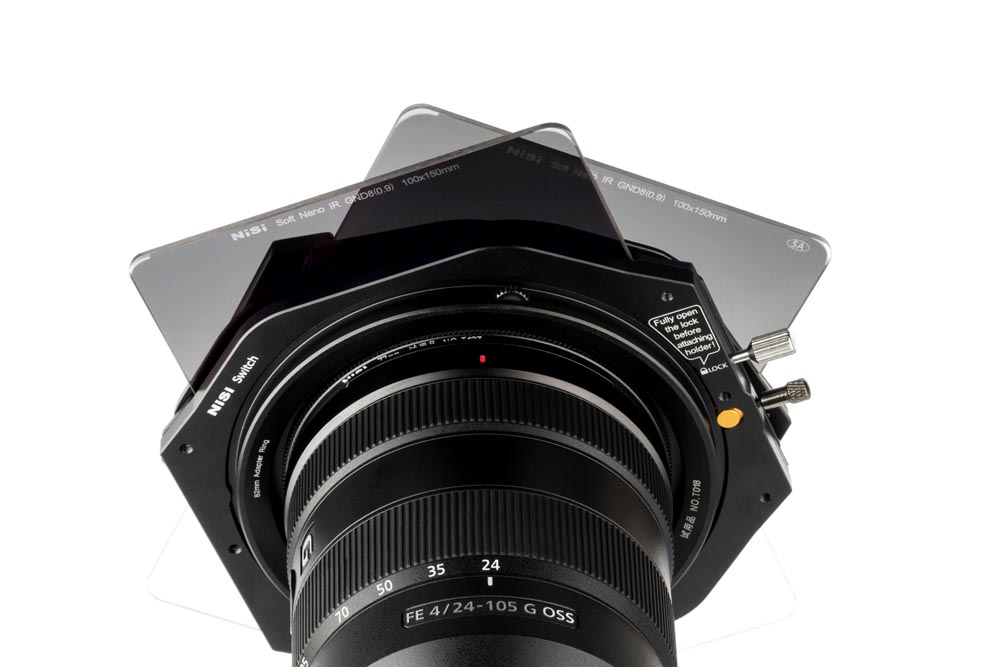Sometimes, you can benefit from the effect of stacking more than 1 filter. Here are some scenarios where you may wish to use more than 1 filter. I have listed these in the order I use the combinations from most to least frequent.
ND filter (closest slot) + GND filter (2nd slot)

When doing very long exposures using ND filters, it is more crucial than in short exposures, to achieve the desired image in a single frame. It is not very practical to bracket images when your base exposure may be several minutes long, especially with changing light conditions. Therefore, using a GND to balance out light from the sky helps you achieve a better dynamic range for your long exposures. Always place the ND filter in the slot closest to the lens to minimise light leak and reflections.
NiSi V6 Installation Tips
Combinations of GNDs at various angles

This situation is where the NiSi switch filter system shines. By allowing independent rotation of each filter slot, I have found shooting side-lit scenes much easier to control. I generally place the first GND oriented vertically for the natural brightness of the sky. The second GND is angled perpendicularly toward the source of light.
NiSi Switch 100mm Filter Holder
ND filter + ND filter

I am fortunate enough to own a 15 stop ND filter, so I don’t have to use this setup too often. In the past, I had been stacking a 10 stop and a 6 stop ND filter in order to achieve exposures of several minutes in the middle of the day. Make sure that your setup has minimal light leak.
Hard grad GND + soft grad GND upside down

When shooting directly into light, I often use a hard edged GND or even a reverse edged GND to control the lighting in the sky. However, the subsequent image often ends up having an unnaturally bright foreground relative to the sky. I therefore use a soft GND upside down in order to even out the foreground exposure to make the image look more natural. If you are confident with bracketing, you could also use this method and blend images while post processing.
by Dylan Toh





